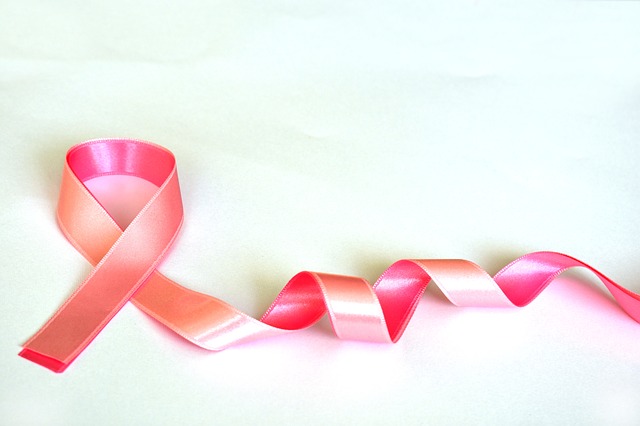The onset of October means the start of Breast Cancer Awareness Month! The goal of this campaign is to educate and increase our understanding of this disease, and ultimately, find a cure.
While practices like early detection, better screenings, and increased awareness have helped the overall numbers to drop since the 1990s, the number of people affected each year by Breast Cancer is still to high to ignore. According to the American Cancer Society, by the end of 2019 there will be 271,270 new cases of breast cancer diagnosed. 99% of those cases will occur in women.
In the spirit of early detection, review the following best practices for preventing this dreadful disease:
Don’t Lump It All Together
By now, we are all aware to check ourselves for any lumps, bumps, or masses in our breast tissue. While this is always a good habit to get into, it is not the only symptom that can help us recognize a problem. Cancer Treatment Centers of America encourage us to also check for:
- Change in breast shape
- Pain in or on the breast
- Nipple discharge
- Skin swelling or redness
- Skin flaking or dimpling
Knowing these symptoms and how to look for them can help to detect breast cancer in its earliest stages. However, it is also important to remember that there is no absolute way of knowing if you have contracted the disease without visiting and discussing with your doctor.
Master Your Mammograms!
Knowledge IS power and having an awareness of the signs and symptoms of breast cancer is an excellent first step in remaining in control of your health. It is not, however, the only thing you should do. Experts differ on the recommended age range to begin your mammogram routine, most falling in between the ages of 40 and 50. Research at the National Cancer Institute has determined that the chances of women dying of breast cancer is lower for those who are screened between the ages of 50 to 69.
Maintain Healthy Habits
There is no way to control genetics or age, however, there are things you can focus on that are within your control. These have also been outlined by the National Cancer Institute which recommends:
- Getting regular exercise
- Maintaining a healthy weight
- Less exposure of breast tissue to estrogen made by the body
- Estrogen-only hormone therapy after a hysterectomy
- Little to no alcohol consumption
You may be wondering how you can monitor your exposure to estrogen? Here are three factors to consider:
- Early Menstruation – having your first period at age 11 or younger means more years breast tissue is exposed to estrogen.
- Late Menopause – the more years you menstruate, the longer the exposure.
- Giving Birth at an Older Age or Never Giving Birth – your estrogen levels are lower during pregnancy. Women who become pregnant after age 35 or who never become pregnant are exposed to more estrogen.
The CDC also recommends taking note of factors such as genetic mutations, previous radiation therapy treatments, older age, family history of breast cancer, and dense breasts. These may all increase the risk of getting breast cancer.
Once again, while this information is helpful, there is no substitute for a visit to your doctor. Be sure to schedule an appointment this month and stay on top of your health!



